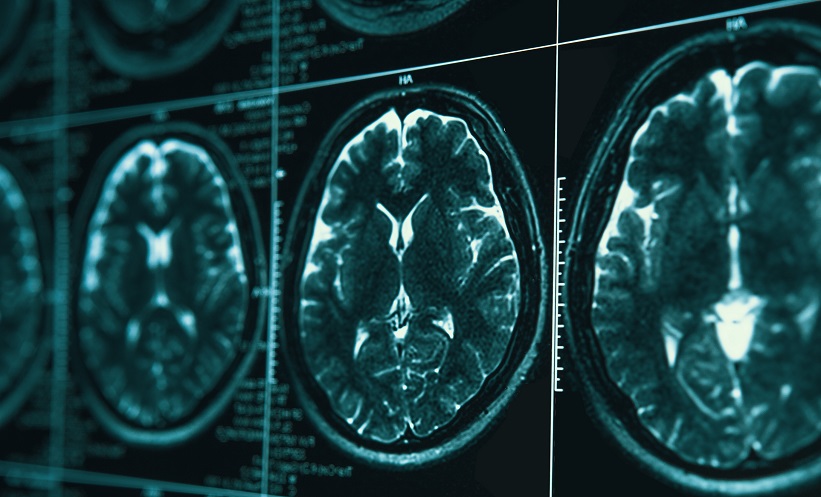Prof Olivera Nikolic | ESR Scientific Subcommittee Chairperson for Genitourinary Imaging University of Novi Sad, Faculty of Medicine, Novi Sad, Serbia Centre of Radiology, Clinical Centre of Vojvodina, Novi Sad, Serbia
![]()
What initially sparked your interest in radiology, and why did you choose to specialise in genitourinary imaging?
During my medical studies I had just one semester of radiology and that was not enough to realise what radiology actually covers and how important it really is, having in mind that it is not only diagnostic, but a therapeutic discipline as well. Despite this, my internship gave me the opportunity to realise that radiology will be the most dynamic and significant medical discipline in the future, considering the fact that it is tightly connected to technological advances that I have always been impressed with. Having in mind all previously written, my ambition and curiosity made radiology straightforward choice for me and I have never regretted, neither would I change a thing if I had a chance for another try. During the course of my residency, I got a grant from Prof Gabriel Krestin to participate at European Society of Urogenital Radiology (ESUR) symposium in Rotterdam, the Netherlands, in 2001, which greatly influenced my further orientation towards genitourinary radiology. At that time, I became an ESUR member and for many years later I have been the only member from Serbia.
My mentor Prof Ilona Lukac, the pioneer of ultrasound imaging in the territory of ex-Yugoslavia and one of the few radiologists involved in scrotal imaging, also influenced my decision to choose genitourinary imaging, offering me a master’s thesis in colour Doppler ultrasound of acute scrotum. The rest that happened was logical follow-up. I obtained a postgraduate scholarship in KU Leuven, Leuven, Belgium, and worked with Prof R. Oyen, finished my PhD thesis in the genitourinary field (dual-mentorship Prof R. Oyen and Prof S. Stojanovic from Novi Sad). In 2015, during ESUR symposium in Copenhagen, Denmark, I was among first three candidates who passed European Diploma in genitourinary radiology and in January 2021 became an ESUR fellow. Finally, after many years of enthusiastic work the dream came true.
Radiology has seen major developments in recent years as a result of technological development. What has been the biggest change in your day-to-day practice since you started in the field?
In the period when I started residency in diagnostic radiology, the equipment that we were working with and conditions at my radiology department were fairly modest. We were reporting looking at the films while typing on mechanical typing machines. There were no digital imaging archiving data bases like picture archiving and communication system (PACS) and hospital information system (HIS) as well as no workstations, all available nowadays making the diagnosis faster, more accurate and precise, and providing more comfortable environment for radiologist. On my road, I passed all the steps from mechanical typing machine to complete digital automatisation; however, that helped me to appreciate what we have now and it was very exciting to go through all these phases.
What are your goals as ESR Scientific Subcommittee Chairperson for Genitourinary Imaging?
First of all, my goal is to involve more young doctors to become members of ESUR, to bring ESUR their youthful perspective, enthusiasm, and fresh ideas. Secondly, I will work on the popularisation of the field of genitourinary radiology, since it plays a significant role in the reproductive function of every individual, and lately has been put aside compared with more popular disciplines such as neuroradiology and interventional radiology, which are more attractive to residents for their adrenaline nature. Furthermore, with all active ESUR members I will give my best to keep the scientific impact of ESUR, since the groups and members of our society have been very successful in publishing guidelines, reviews, and original articles in the previous years.
There is currently a lot of excitement around the use of PSMA-PET in prostate cancer staging. What are your thoughts on this imaging technique?
Conventional imaging is deficient at picking up early biochemical recurrence in males with low prostate specific antigen levels, such as those between 0.2 and 2.0 ng/mL. With PSMA PET/CT, it is possible to depict prostate bed abnormalities and locoregional lymph nodes, as well as those that have spread distantly, particularly bone metastases, even when prostate specific antigen levels are very low. PSMA PET/CT is an adequate replacement for conventional imaging, providing superior accuracy, to the combined findings of CT and bone scanning. This could lead to high impact of PSMA-PET in prostate cancer staging, but further studies will confirm its role in patient management and outcomes.
What are some innovations on the horizon in the field of radiology, specifically genitourinary imaging, that you believe to be particularly noteworthy?
Radiomics and radiogenomics for prostate and ovarian cancer, genitourinary molecular imaging, and functional renal MRI are the future perspectives in the field of genitourinary radiology.
What advice would you give to aspiring young radiology professionals at this time?
Young radiology professionals should always trust themselves, work hard, stay consistent, be patient, and believe in their dreams, and then results will come. ■








